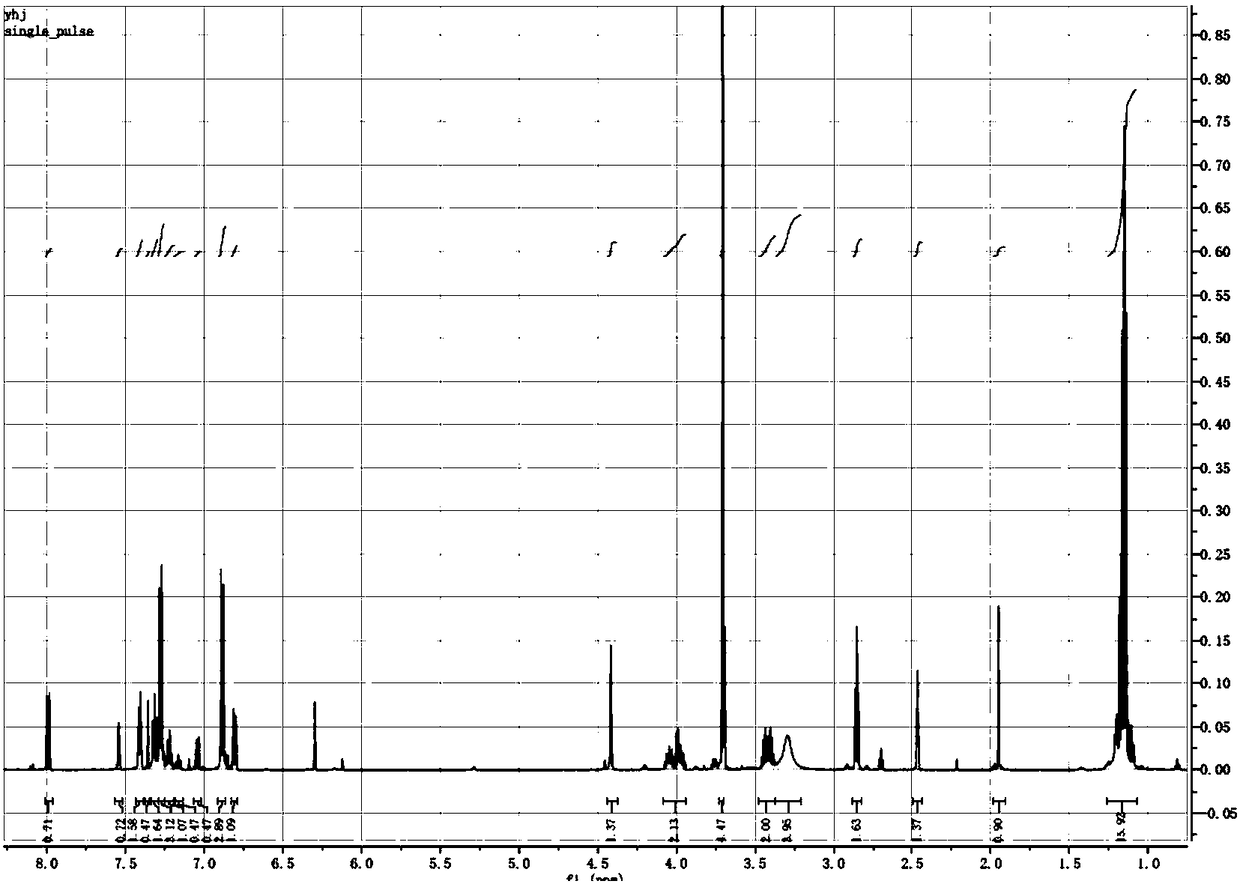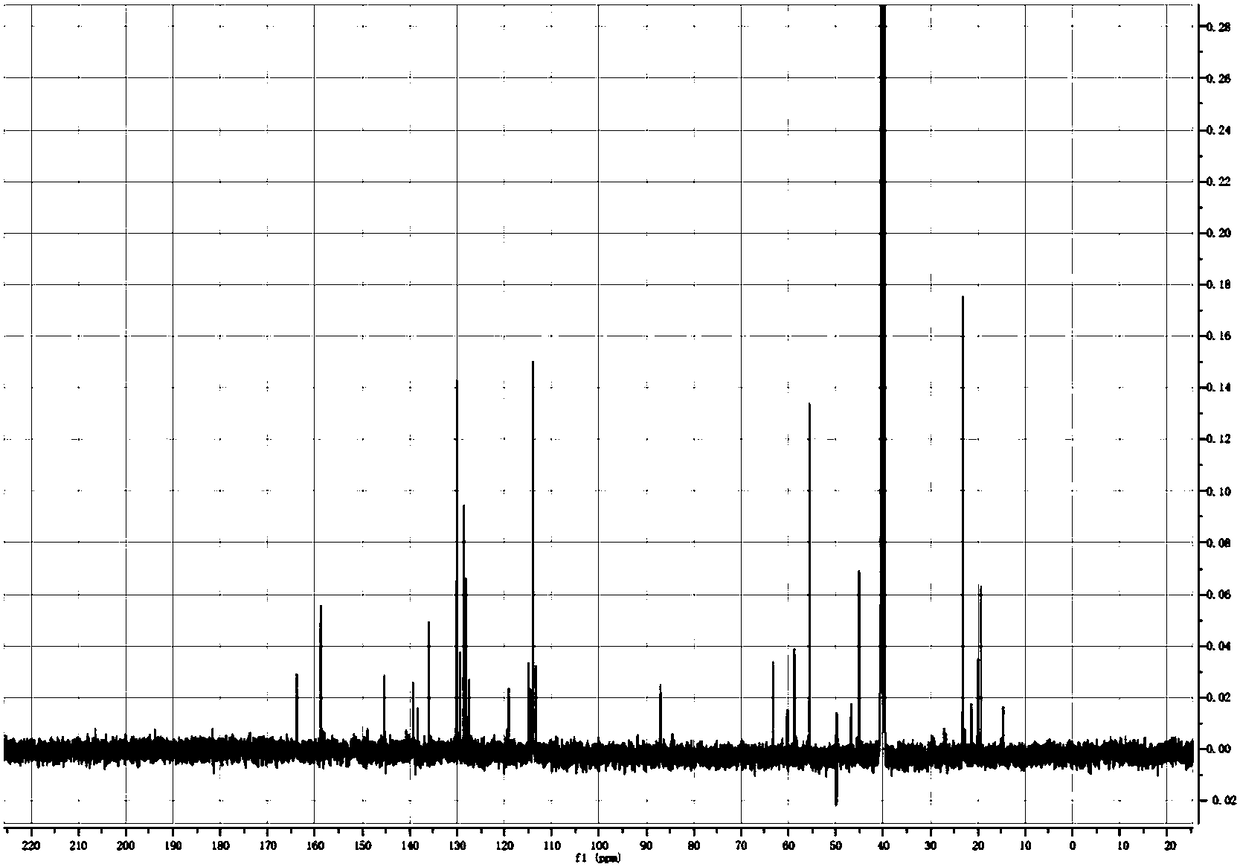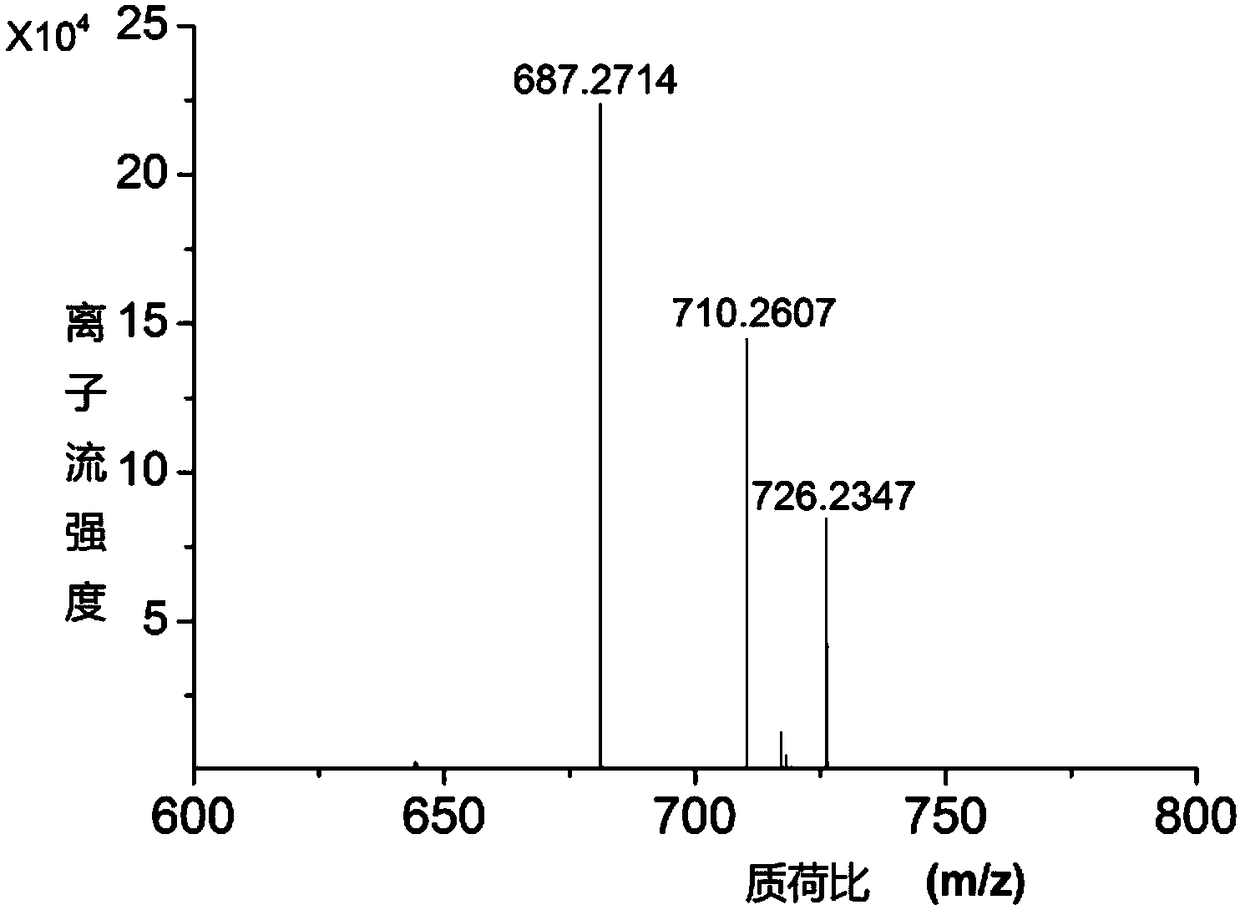Nucleic acid containing photosensitive unit and preparation method of nucleic acid
A photosensitive unit, nucleic acid technology, applied in the field of nucleic acid modification, can solve the problems of inability to meet scientific research and commercial needs, difficult separation and purification, complicated synthesis steps, etc., and achieve the effects of good experimental operability, rich light response, and simplified operation steps.
- Summary
- Abstract
- Description
- Claims
- Application Information
AI Technical Summary
Problems solved by technology
Method used
Image
Examples
preparation example Construction
[0036] The embodiment of the present invention also provides a method for preparing a nucleic acid containing a photosensitive unit, comprising the following steps:
[0037] Step 1: Preparation of phosphoramidite: including using 5-hydroxy-2-nitrobenzyl alcohol as the starting material, selectively protecting the benzyl alcohol hydroxyl group by 4,4'-dimethoxytriphenyl chloride, After the etherification reaction obtains 5-hydroxyl-2-nitrobenzyl-(4,4'-dimethoxytriphenyl) ether, the esterification reaction prepares 2-nitrobenzyl-(4 ,4'-dimethoxytriphenyl)ether-5-(2-O-cyanoethyl-N,N-diisopropylphosphoramidite);
[0038] Step 2: preparing a nucleic acid containing a photosensitive unit: dissolving the phosphoramidite in anhydrous acetonitrile as an end group modification reagent and synthesizing it with nucleic acid to obtain a nucleic acid containing a photosensitive unit.
[0039]In an optional embodiment, the product synthesized in step 2 is dispersed in ammonia water, sealed ...
Embodiment 1
[0060] A method for preparing a nucleic acid containing a photosensitive unit, comprising the following steps:
[0061] Step 1: Preparation of 5-hydroxy-2-nitrobenzyl-(4,4'-dimethoxytriphenyl) ether: Dissolve 1.7 g of 5-hydroxy-2-nitrobenzyl alcohol in 100 ml of Add dropwise to 30 ml of anhydrous pyridine dissolved in 4.0 g of 4,4'-dimethoxytriphenylchloromethane under ice-bath stirring, and stir the reaction solution at 0°C after the addition is complete for 1 hour, returned to room temperature and stirred overnight; after the reaction was completed, the organic phase was rotary evaporated, and the crude product was dissolved in 30 ml of ethyl acetate, washed twice with 50 ml of water, and the organic phase was dried with anhydrous sodium sulfate; filtered Afterwards, the organic solvent was removed by rotary evaporation, and the obtained dark yellow oily liquid was dissolved in 5 ml of ethyl acetate, and added dropwise to 100 ml of n-hexane cooled to 0°C to obtain a yellow p...
PUM
 Login to View More
Login to View More Abstract
Description
Claims
Application Information
 Login to View More
Login to View More - R&D
- Intellectual Property
- Life Sciences
- Materials
- Tech Scout
- Unparalleled Data Quality
- Higher Quality Content
- 60% Fewer Hallucinations
Browse by: Latest US Patents, China's latest patents, Technical Efficacy Thesaurus, Application Domain, Technology Topic, Popular Technical Reports.
© 2025 PatSnap. All rights reserved.Legal|Privacy policy|Modern Slavery Act Transparency Statement|Sitemap|About US| Contact US: help@patsnap.com



